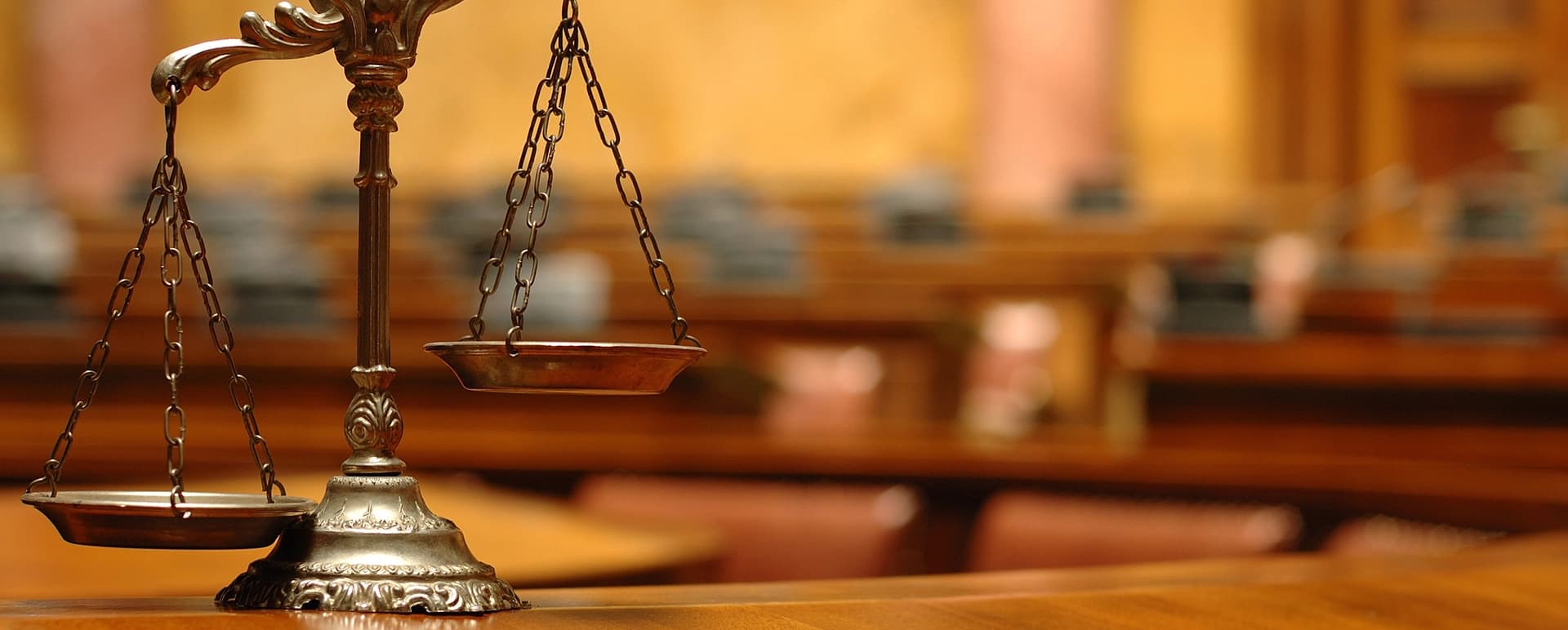Trial Presentation Complete Tools for Persuasive Legal Advocacy
Trial Presentation Complete Tools for Persuasive Legal Advocacy
Blog Article
Astound the Court: Crucial Aspects of a Powerful Trial Discussion
Important components such as comprehending the audience, crafting an engaging story, and mastering verbal and non-verbal interaction are crucial elements of an efficient discussion. As these factors intertwine, they create a natural technique that not just informs but additionally engages jurors on numerous levels.

Comprehending Your Target Market
Recognizing your audience is a crucial element of effective test discussion. An effective presentation pivots on the capability to comprehend the demographics, worths, and proneness of jurors. This understanding informs exactly how debates are framed, proof is presented, and emotional charms are crafted, ensuring that the message reverberates with the jurors on a personal level.
Research shows that jurors come from varied histories and may have differing degrees of recognizing pertaining to lawful proceedings. Additionally, recognizing the jurors' possible predispositions and life experiences allows the trial presenter to prepare for arguments and address issues proactively.
Efficient trial presentation likewise includes observing jurors' responses during the procedures. Involving with jurors as individuals rather than a cumulative unit is necessary in fostering a strong link in the court room.

Crafting a Compelling Story
Crafting a compelling story is necessary in directing jurors through the intricacies of a case. A well-structured narrative not just simplifies detailed legal principles however also involves jurors on an emotional level, making the information much more relatable and memorable.
To attain this, lawyers should start by identifying the core message they want to communicate. This message needs to reverberate with the jurors' worths and experiences, promoting a connection that goes beyond plain realities. The narrative should unfold practically, providing events in a clear series to prevent confusion. This sequential strategy can aid jurors comply with the development of events, highlighting domino effect.
Including human aspects-- such as personal stories or anecdotes-- can further boost the story's effect. These aspects stimulate compassion, permitting jurors to picture the consequences of the situation on the real worlds. Furthermore, using a constant motif throughout the presentation strengthens the main debate, making it less complicated for jurors to maintain essential points.
Eventually, an engaging narrative transforms a trial presentation from a simple recitation of realities right into a persuasive story that astounds the jury, encouraging them to ponder with both factor and emotion.
Utilizing Visual Aids
Integrating visual help right into a trial discussion can significantly enhance jurors' comprehension and retention of information. Visual products such as graphes, diagrams, photographs, and video clips can transform complex lawful ideas and evidence right into easily absorbable styles. By involving numerous senses, these help enable jurors to envision the situation's essential aspects, making it less complicated for them to comply with along and realize intricate details.
Moreover, properly designed aesthetic aids can stress crucial points and emphasize partnerships between different pieces of evidence. For example, timelines can properly illustrate the sequence of occasions, while annotated photos can make clear certain information pertinent to the situation. This not only help in understanding yet additionally strengthens the narrative offered by the lawyer.
Extremely intricate or cluttered visuals may overwhelm jurors and take away from the message. Eventually, reliable aesthetic communication can be an effective device in Click Here convincing jurors and aiding them reach educated final thoughts.
Mastering Verbal Communication
Reliable spoken interaction is critical in a trial discussion, as it serves as the primary means via which lawyers communicate their disagreements and connect with jurors. Simpleness in language fosters understanding and aids jurors realize complex problems offered throughout the trial.
Furthermore, tone and pacing substantially impact exactly how messages are received. A positive tone shares authority, while proper pacing allows jurors to absorb information without feeling bewildered. Lawyers must also differ their singing inflections to highlight vital points and preserve jurors' interest throughout the presentation.
Furthermore, the organization of spoken arguments is read this post here crucial. Structuring the narrative logically and coherently aids jurors comply with the attorney's logic, making it simpler for them to keep essential details. Making use of influential strategies, such as narration, can also boost the emotional resonance of the arguments offered, therefore developing a much more extensive connection with jurors.
Eventually, understanding verbal interaction not only reinforces a lawyer's situation yet additionally cultivates count on and connection with the court, considerably improving the opportunities of a positive judgment.

Engaging With Body Language
Nonverbal communication plays an important duty in trial discussions, frequently conveying messages that words alone can not express. Body movement, encompassing motions, stance, face expressions, and eye contact, substantially influences exactly how jurors view the trustworthiness and genuineness of the speaker. A certain stance, with shoulders back and an open stance, can infuse depend on, while closed-off body movement may suggest defensiveness or uncertainty.

Faces ought to mirror the feelings related to the case, enhancing the story existing. A sincere expression throughout a touching minute can elicit empathy and reinforce the psychological charm. Eventually, mastering body language is important for reliable trial presentations, as it enhances spoken communication and develops an engaging existence that resonates with the jury.
Final Thought
In conclusion, astounding the jury requires a tactical technique that incorporates comprehending the audience, crafting a compelling story, using visual aids, mastering verbal interaction, and engaging via body language. Each element plays a critical duty in developing a powerful trial discussion that reverberates with jurors on both emotional and intellectual degrees (trial presentation). By integrating these parts successfully, lawyers can substantially boost their capability to encourage and influence court decision-making
Report this page